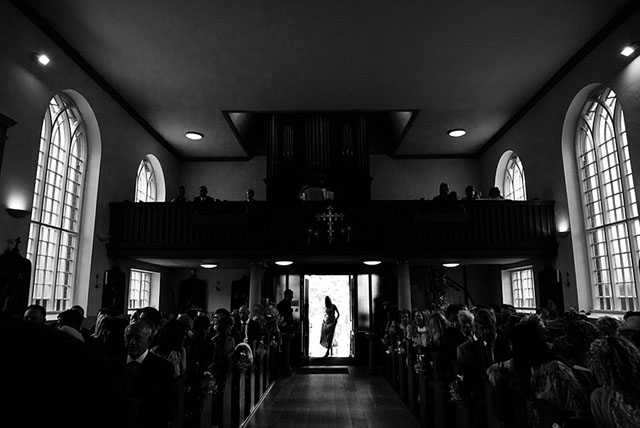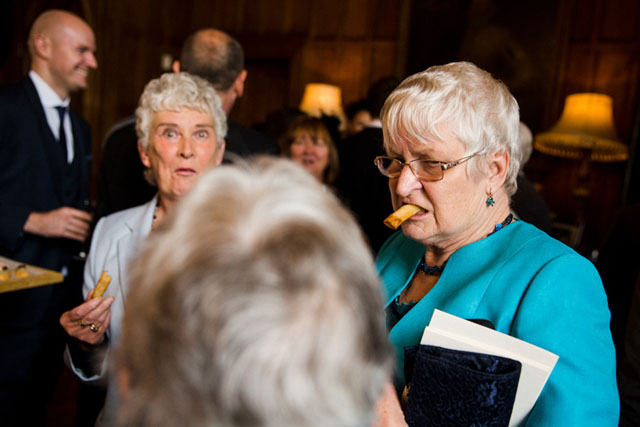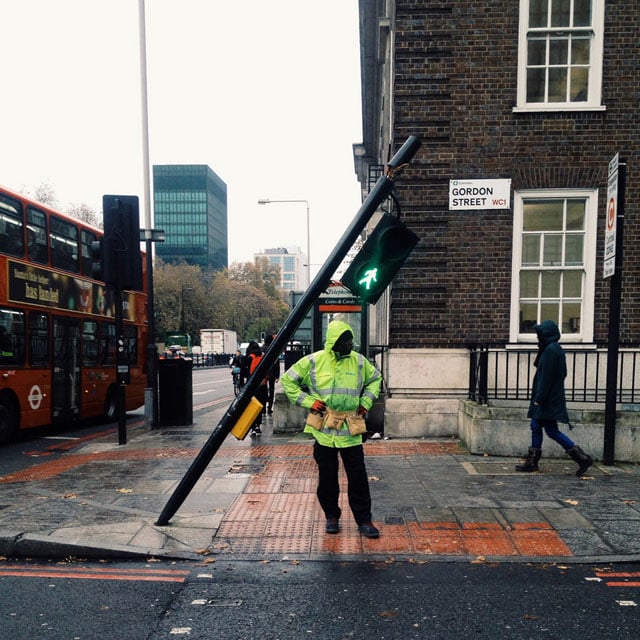How Shooting Street Improves Your Wedding Photos
![]()
As a wedding photographer it’s imperative that you provide images that your couples will love, but it’s equally necessary to stay inspired and shoot for yourself. Wedding photographers must advance in their skill year on year, grow and produce stunning images that couples will book you for.
When looking to improve, many photographers turn to workshops — there are hundreds out there for wedding photographers. Many seem to be provided solely to earn a quick buck for the teacher.
I realized very early on that the only way to improve my images was to take more. A famous Henri Cartier-Bresson quote, “Your first 10,000 photographs are your worst,” eludes to the fact that with practice you will improve. During your first 10,000 images, you will get some awesome shots, but most will be unworthy of showing publicly. However, your hit rate of keepers and the standard of your images will improve as you train yourself to be a better photographer.
![]()
I shoot weddings in a documentary style, and 98% of the day is unposed, fly-on-the-wall stuff (the other 2% is a small number of groups and portraits). I don’t move objects, open curtains, ask people to move or interfere in anyway. There are only so many weddings you can shoot, so for me street photography was the obvious place to turn for inspiration and practice.
I love looking at street photography, and to do it well is one of the most difficult genres of photography. So many elements of street and wedding photography are alike. Searching for moments that are unexpected, it’s about how you see the world and the way you capture it. I genuinely think that street photography is the closest as you can get to training to be a better wedding photographer.
Improving Your Composition
Wedding photography is not just about shooting what is happening in front of you, but trying to capture that in an image that has artistic merit. I believe that the composition of street (and wedding) photography should not be overly reliant on rules. But knowing how and when to use them can help create a better images. Simple rules like using frames, placing subjects on thirds and layering can all be practiced in street and applied in wedding photography.
Framing: A frame within a frame is a simple way to enhance an image.


Rule of thirds: Placing your subject on a 3rd of the image, a composition tip known as the rule of thirds, can increases or decrease tension.


Complex Frames/Layering: Something I’m always trying to do in wedding photography. Ensure that no heads overlap, a challenge in busy bridal prep. Adding layers to an image will give a sense of depth. Something Alex Webb does spectacularly.


Candid Environmental Portraits
Not just a portrait, but an unposed moment that has a story, a sense of place or who the person is. The street photograph below was spotted whilst walking through paris with my wife, the second at a wedding at Eastnor Castle.


Being Ready
You should know your camera gear inside out, and be ready to capture an image in a split second. You never know what is going to happen at a wedding, and the same is true on the street! Always have your camera turned on, exposure correct, and focus ready. The street shot below was taken as I was eating dinner on an 8street trip to Istanbul in 2014. I saw this guy wearing many coats approaching, my camera was ready and I quickly framed my shot mid meal.


Seeing Light
Seeing light is one of the key aspects for any photographer, and I’ve found that it takes practice. Street photography is that practice for me. I now feel I can see changes in light automatically without thinking, walking the dog I can appreciate it! At a wedding it’s easy to be taken in by the moment and completely forget about the light. Often a simple sidestep will allow you to use the light to its full advantage.


Being Observant
Our surrounding change constantly, and generally we tune out all the adverts and background noise – especially at a wedding. But using these elements can give your images an extra dimension. A sense of story or inject some humour. Keep an eye on the background, if you see something interesting, keep it in mind, another element might come along.


Spotting the Unusual
Keeping your eyes peeled and being observant is my favourite way to shoot street. I walk and walk, hoping to find something unusual or funny. Some sort of everyday life that everyone else seems to pass by. Training your eyes and mind to do this makes spotting it on the wedding day so much easier.
![]()
![]()
Patience
Being patient is key to creating many great photography images. Seeing an image in your head before it happens, or spotting a scene of interest and waiting for something or someone to enter it to give it that extra element. I have stood in one area for an hour waiting for all the elements of a street image to come together (and often it doesn’t!), but when it does, it’s a great feeling. We don’t always have the luxury of such time at weddings, but keeping your eyes open and studying a scene waiting for an extra element often pays off.


A Different View
It’s easy to shoot a wedding day from standing height all day. But moving around, shooting over balconies, capturing images from floor level or holding your camera above your head to shoot all provide a different viewpoint on the story.


Reflections
Reflections can be a little overdone by wedding photographers, but I still think there is place for good reflection images — they can add that extra element that makes your shot interesting. Looking for a different type of reflection shot (not just a bride looking at herself in the mirror) will be made easier by spotting these types of scenario in a non wedding environment.


Shooting street is a very personal experience. It’s one of the only types of photography that includes people, and can be taken solely for the pleasure of shooting… there is no one to please or brief to fulfill. Waiting for that moment to come together and capturing it when it does is why so many people do it.
Enjoy the process of shooting street, and don’t be focused on getting “likes” online. Slowly the skills you learn on the street will spread into your wedding photography.
About the author: Adam Riley is a documentary wedding photographer based in Cheshire, on the outskirts of Manchester. He shoots weddings full time, and has been awarded “Reportage Wedding Photographer of the Year” by Professional Photography Magazine. You can see more of his work and connect with him on his website, Twitter, Facebook, and Instagram. This article was also published here.